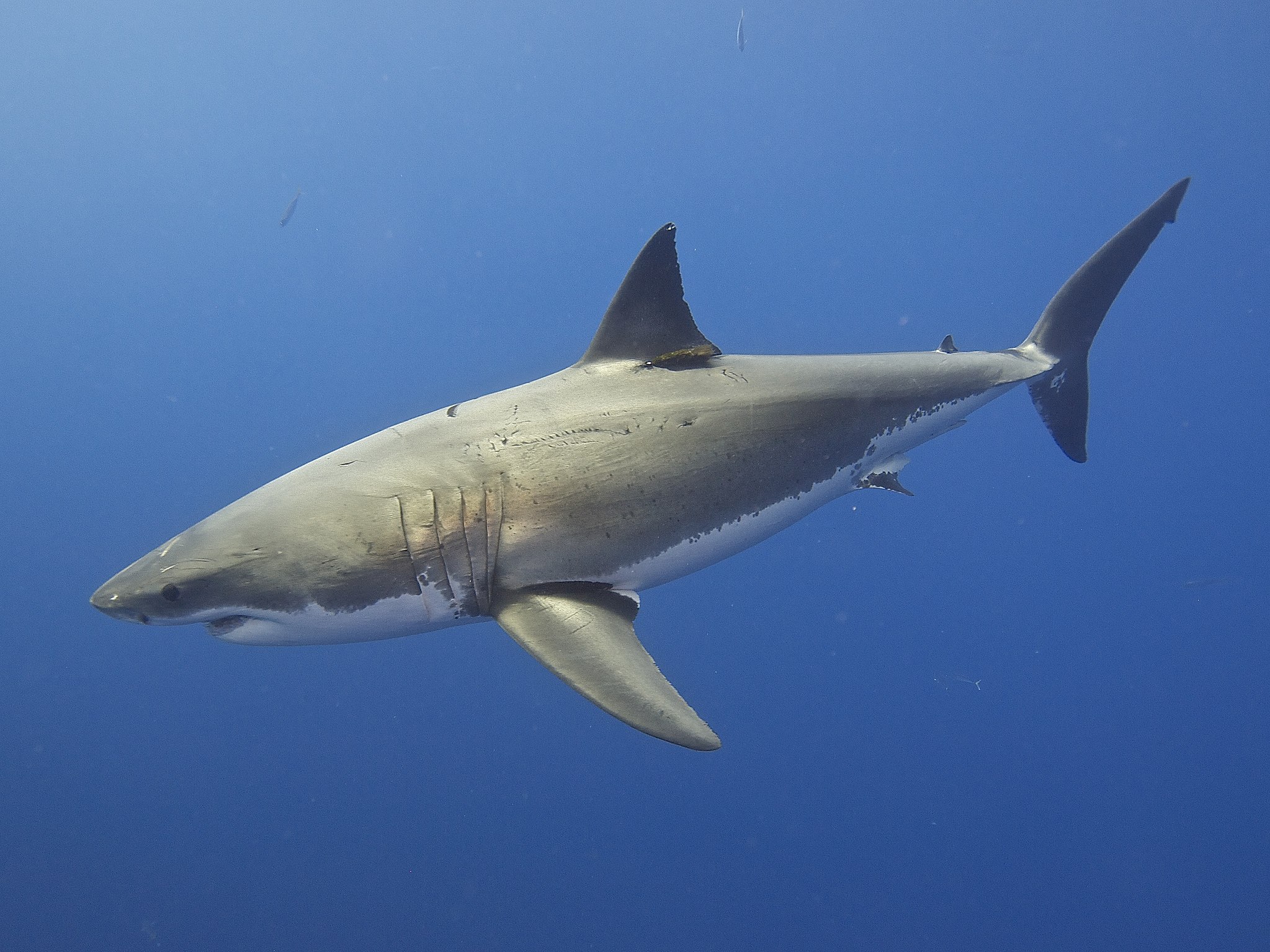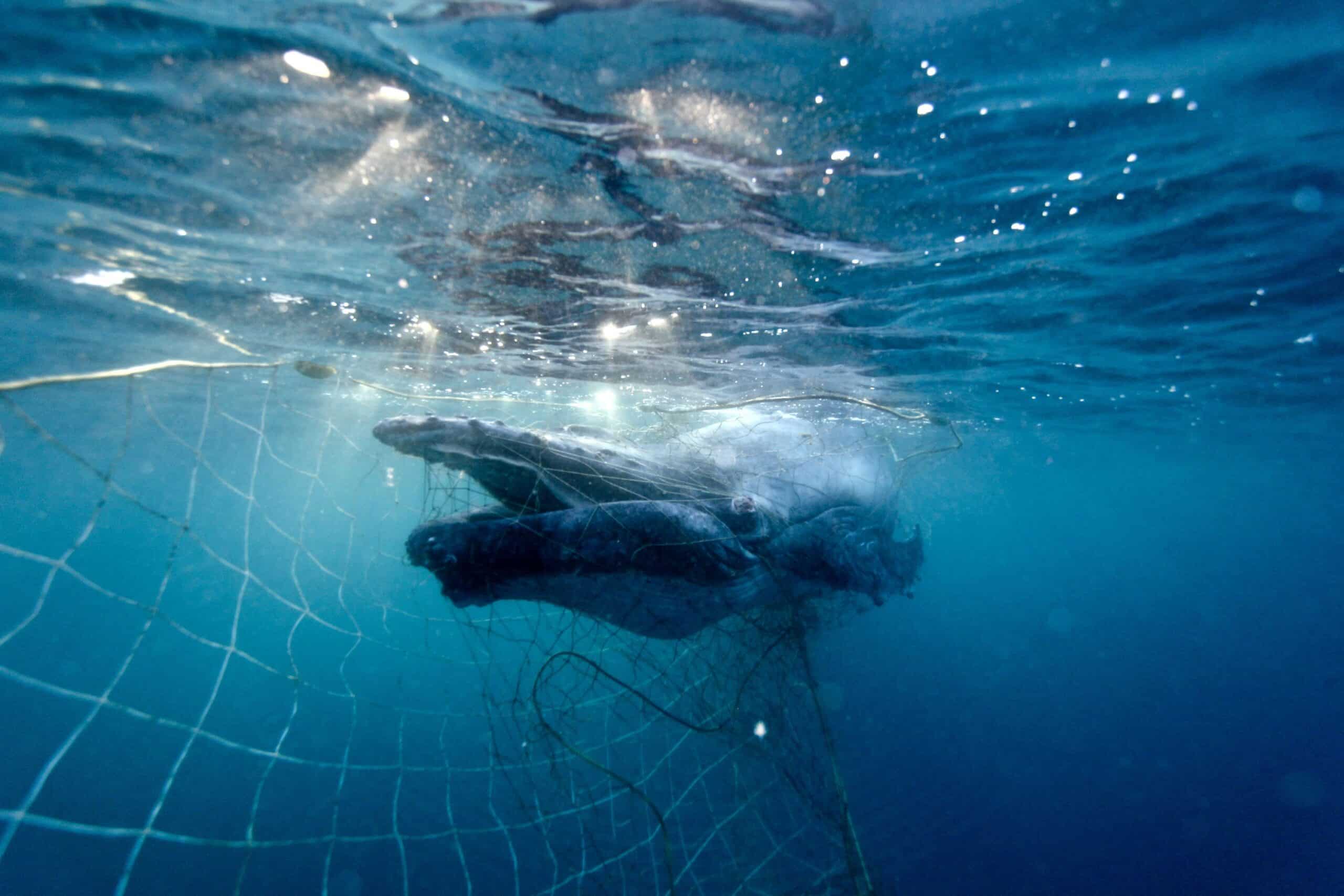Research shows that Australia’s great white sharks are highly related to each other and may consist of fewer than 500 breeding animals. SYDNEY, 24 June 2025: Latest research has found Australia’s great white shark population is much smaller than expected, increasing their vulnerability to further population threats. The population...
There’s something about wombats that makes them distinctly Australian: perhaps it’s their laid-back, no-nonsense nature, or their tough-as-nails reputation. Their legendary stubbornness inspires as much frustration as it does admiration – many landowners will know the difficulties of dealing with broken fences and ill-placed burrowing – but there’s no question that these creatures are an iconic and indelible part of Australian culture.
As tough as they are however, wombats face some devastating threats brought about by human developments. Their habitats are modified and degraded for pasture, native and introduced herbivores compete with them for food and they face harsh culls and road strikes – often intentional. Their most debilitating challenge, however, operates on a much smaller scale: a disease caused by sarcoptes scabiei, otherwise known as the mange mite.
Humane Society International has addressed threats to wombats for many years, requesting the federal protection of the southern hairy-nosed wombat, working to protect vital habitats for wombats and calling for justice in cases of cruelty to bare-nosed wombats. Now we are turning our attention to sarcoptic mange in wombat populations, starting by nominating mange as a Key Threatening Process (KTP) for the survival of hairy-nosed wombats.

Whole populations of bare-nosed wombats have been wiped out by single events of mange, often spread through burrow-sharing between wombats. Image: Roz and Kevin Holme, WLT Sanctuary Cedar Creek
Thought to have first entered Australia on the backs of canines during European colonisation, mange has had an unusually severe effect on wombats. The parasitic mites responsible spread through close contact, burrowing under the host’s skin to lay their eggs. The result is maddeningly itchy skin, which leads to fur loss, thick scabs and deep fissures all over the affected animal’s body. Severely affected wombats are often blind, deaf, emaciated and in terrible pain. Most infected wombats eventually die, either through starvation or by secondary infections developing in the broken skin.
Clearly the welfare concerns are enormous, but this disease is also a major threat to wombat conservation. Whole populations of bare-nosed wombats have been wiped out by single events of mange, often spread through burrow-sharing between wombats. Despite their widespread distribution, the loss of genetically distinct populations can be a massive blow for the long-term conservation of this species.
Southern hairy-nosed wombats are at an even greater risk, with declines of up to 90% following outbreaks of the disease. With their small populations and patchy distribution, every outbreak brings the species one step closer to endangerment. Their habitats are currently undergoing extensive degradation, and the resulting famine means that diseases like mange have a far greater impact on these species than ever before.
Their cousin, the critically endangered northern hairy nosed wombat, occupies just two populations in Queensland. The populations are currently protected from mange with a predator-proof fence, but a single infected wombat could easily spell extinction for the entire species.
Mange is a complex disease, difficult to manage and near-impossible to eradicate. Most infected wombats require a lengthy treatment course and even fully cured wombats run the risk of reinfection once released.

Wildlife carers and concerned landowners are regularly taking treatment into their own hands, including for mange affected wombats. Image: Mick and Louise Cooper, WLT Sanctuary Wombat Hill
At the frontline of wombat protection are wildlife carers and concerned landowners who, confronted by the sight of mange-ridden wombats, regularly take treatment into their own hands. Clever “burrow-flap” constructions made from ice-cream containers pour topical treatments over diseased wombats’ backs whenever they enter their burrows. More severely affected animals often require a holding pen and wildlife carers to treat and feed them, but sadly many have to be euthanised. Wildlife care facilities are often underfunded and understaffed, and with the myriad threats of roadstrike, malnourishment, predation and mange, wombats in need far outnumber the capacity of carers in most areas.
Despite all of this, very few government programs are in place to treat mange or support carers, and research into the disease and possible management plans are sorely underfunded. Universities and NGOs are at the forefront of funding for mange research and treatment, which often operates on a local scale. Both the ACT and Tasmanian Governments have supported various research projects and treatment programs, but it is clear that an integrated approach from the Federal Government is the only step forwards in saving our wombats.
HSI believes that the sarcoptic mange epidemic in wombats is a critical issue that needs a dedicated, nation-wide action plan. Research into mange transmission, treatments and recovery plans is the best pathway to controlling this disease and addressing the major conservation and animal welfare issues that mange causes in wombat populations. Despite the dedication of communities fighting mange locally, the disease can only be managed long-term with the support of a comprehensive national action plan.

HSI saw the bare-nosed wombat recognised as one of the world’s most underappreciated species for 2018 in the ARKive LoveSpecies Campaign, which we hope will raise awareness for the plight of the wombat. Image: Mick and Louise Cooper, WLT Sanctuary Wombat Hill
The ongoing work of many Wildlife Land Trust sanctuaries such as Cedar Creek, Sleepy Burrows, and Rocklily have cared for countless wombats whilst educating and inspiring landowners and volunteers across Australia. With their support, HSI saw the bare-nosed wombat recognised as one of the world’s most underappreciated species for 2018 in the ARKive LoveSpecies Campaign, which we hope will raise awareness for the wombats’ plight.
Through our work with combating mange we’re hoping to kickstart better protection for all three species of wombat, starting by raising awareness about the many challenges wombats face and improving public attitudes towards this iconic animal. The Wildlife Land Trust will continue providing ongoing support and exposure for hard-working wombat carers across the country, and educating communities about the importance of preserving the natural habitat of wombats. It’s the first few steps of many that will help end the suffering for these remarkable creatures.


